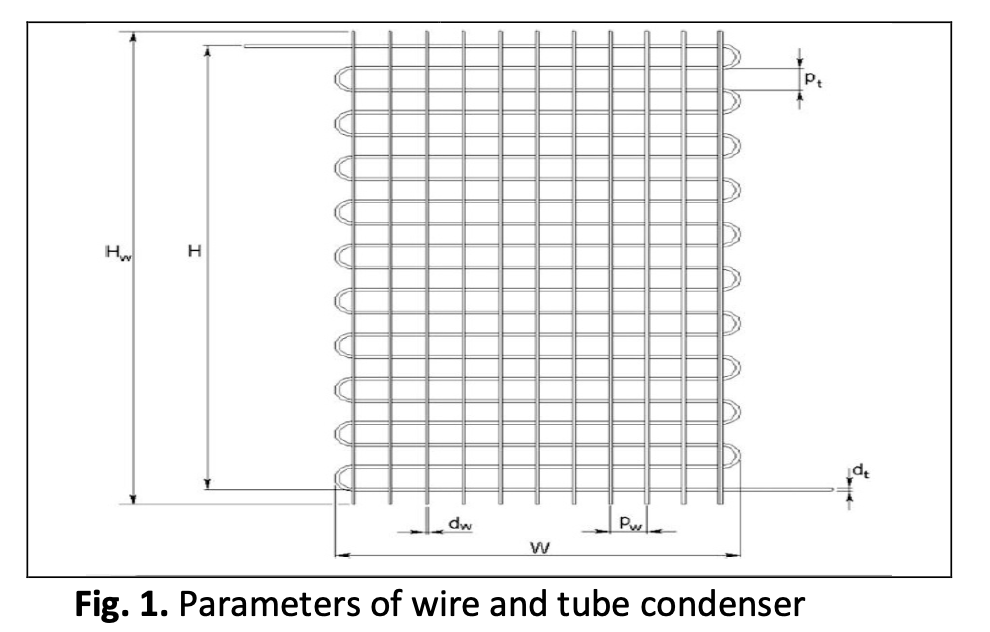Influence of Volume Fraction of Titanium Dioxide Nanoparticles on the Thermal Performance of Wire and Tube of Domestic Refrigerator Condenser Operated with Nanofluid
Keywords:
TiO2 Nanoparticles, Thermal Performance, Domestic Refrigerator, NanofluidAbstract
Many researchers have used nanoparticles that have remarkable improvements in thermophysical and heat transfer capabilities to improve the efficiency and reliability of refrigeration and air conditioning systems. The case study was driven to investigate the thermal draft performance of natural wire-and-tube condensers of domestic refrigerators using TiO2 nanoparticles suspended in HFC134a as refrigerants. Relevant input data, nanofluid properties, empirical correlations, and operating conditions were obtained from the previous literature to numerically investigate the heat transfer performance improvement of wire-and-tube condensers using nanofluids as coolant. The overall heat transfer coefficient and heat transfer rate in the condenser cooling system increase with nanofluids used (HFC134a + TiO2) compared to the basis of the fluid (HFC134a) alone. It reported that for case study conditions with Reynolds numbers of air and refrigerant at 150 and 25400 severally, the overall heat transfer conductance increased by only 1.2% with adding 5% TiO2 particles in the base fluid. However, at optimum conditions with the Reynolds number of air augment to 4400 and the Reynolds number of refrigerants decreasing to 12,000, the overall heat transfer conductance increases by up to 10%. In addition, frontal area reduction wire and tube condensers can be estimated.
Downloads
























